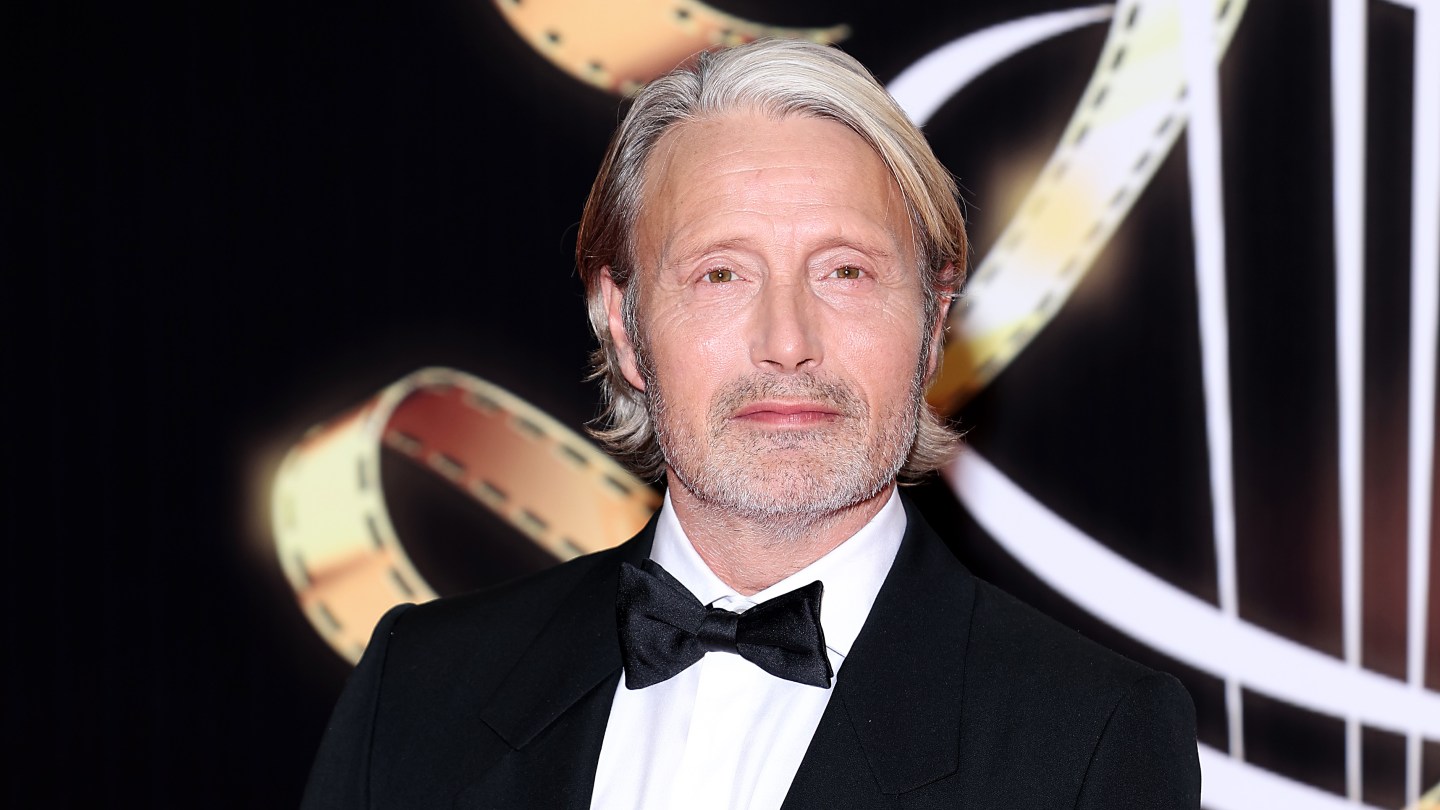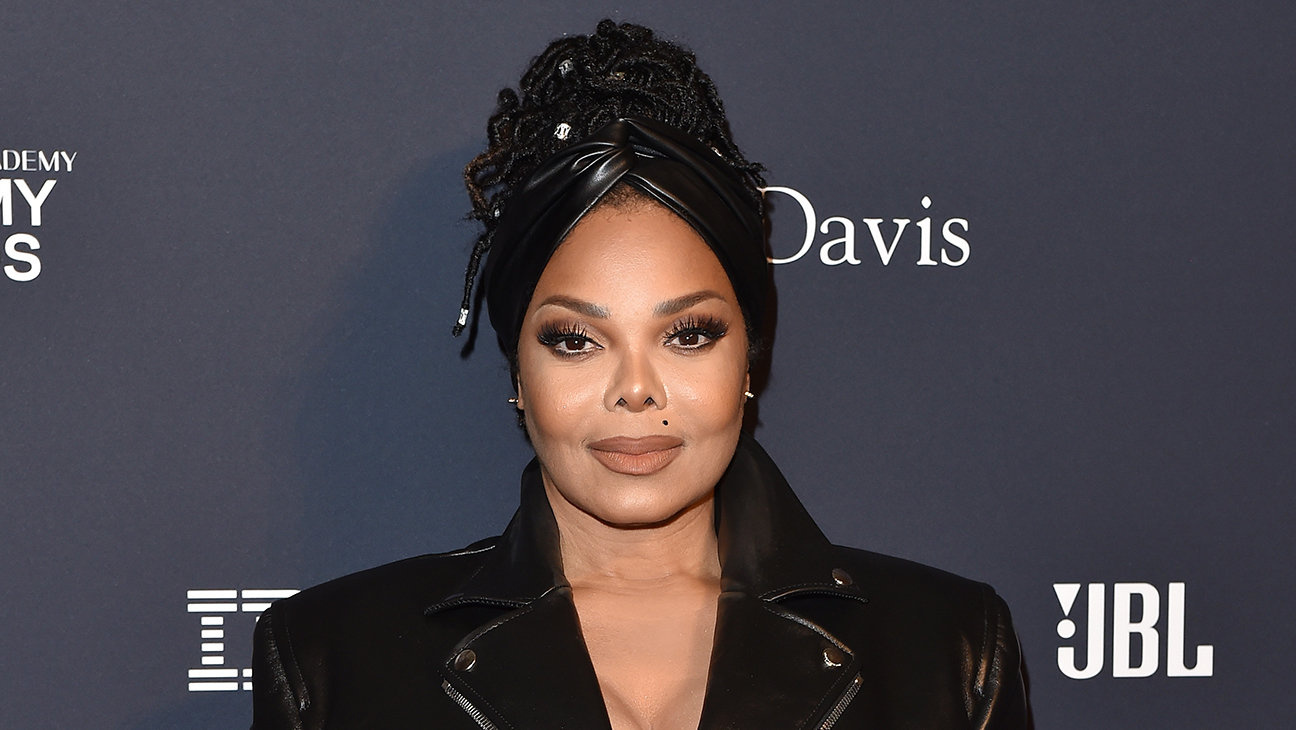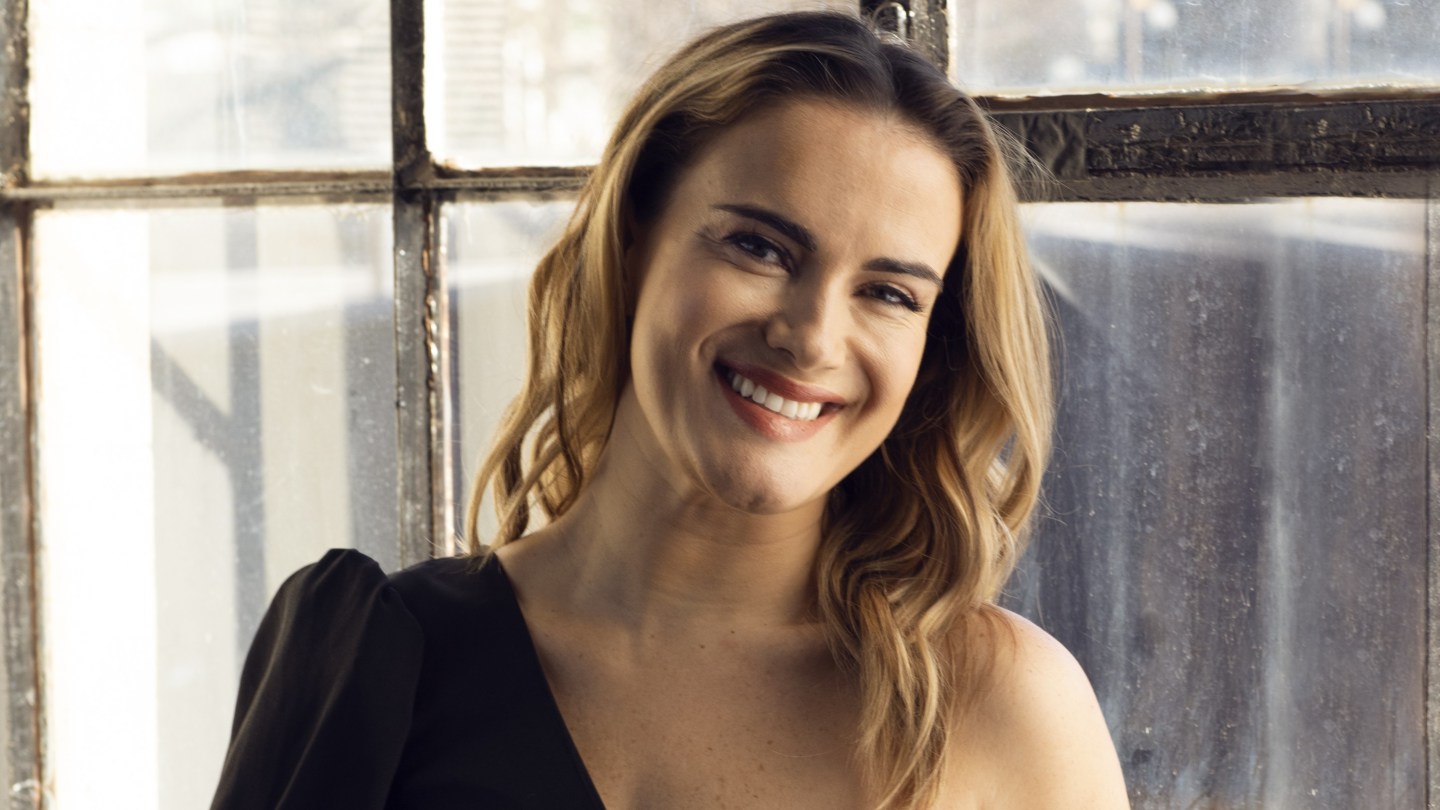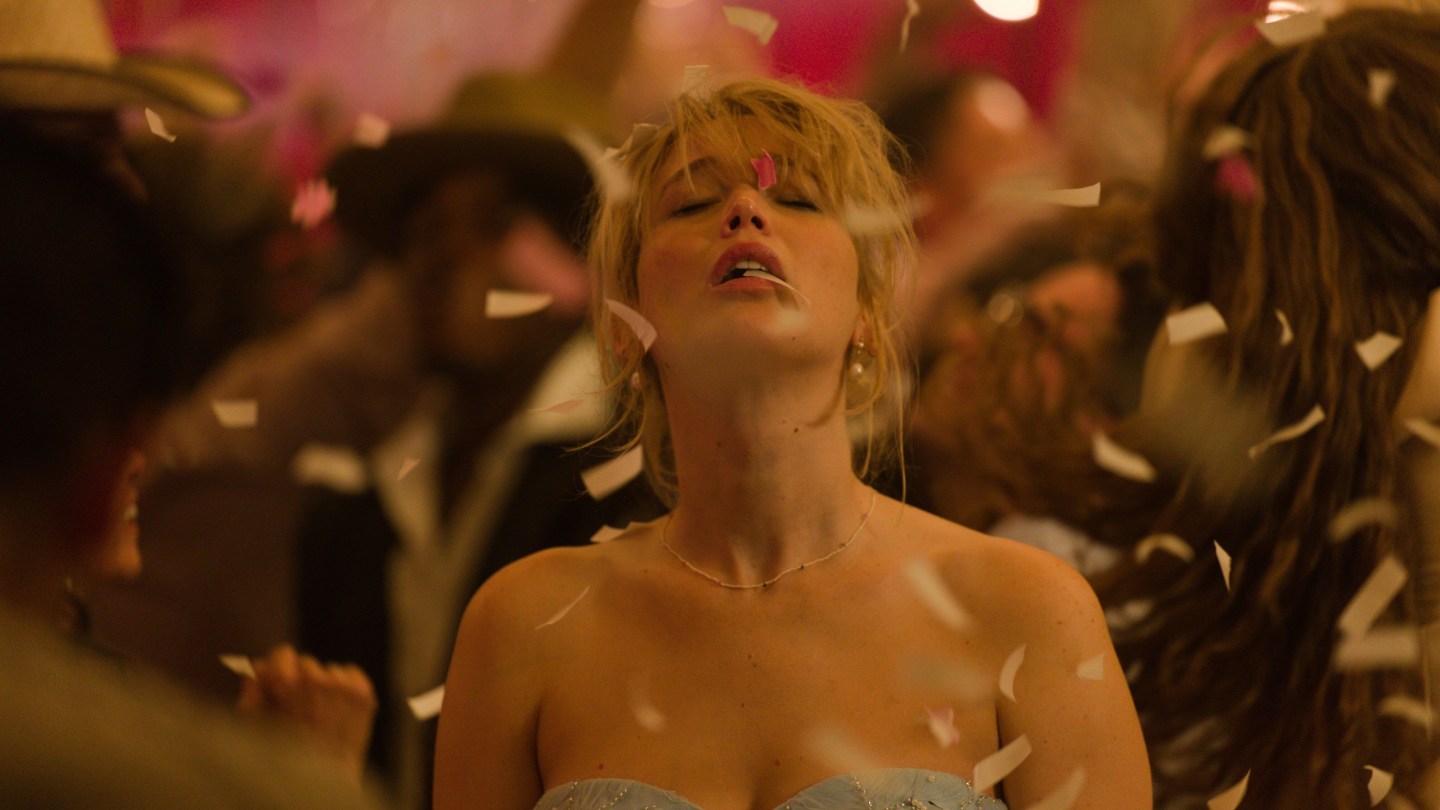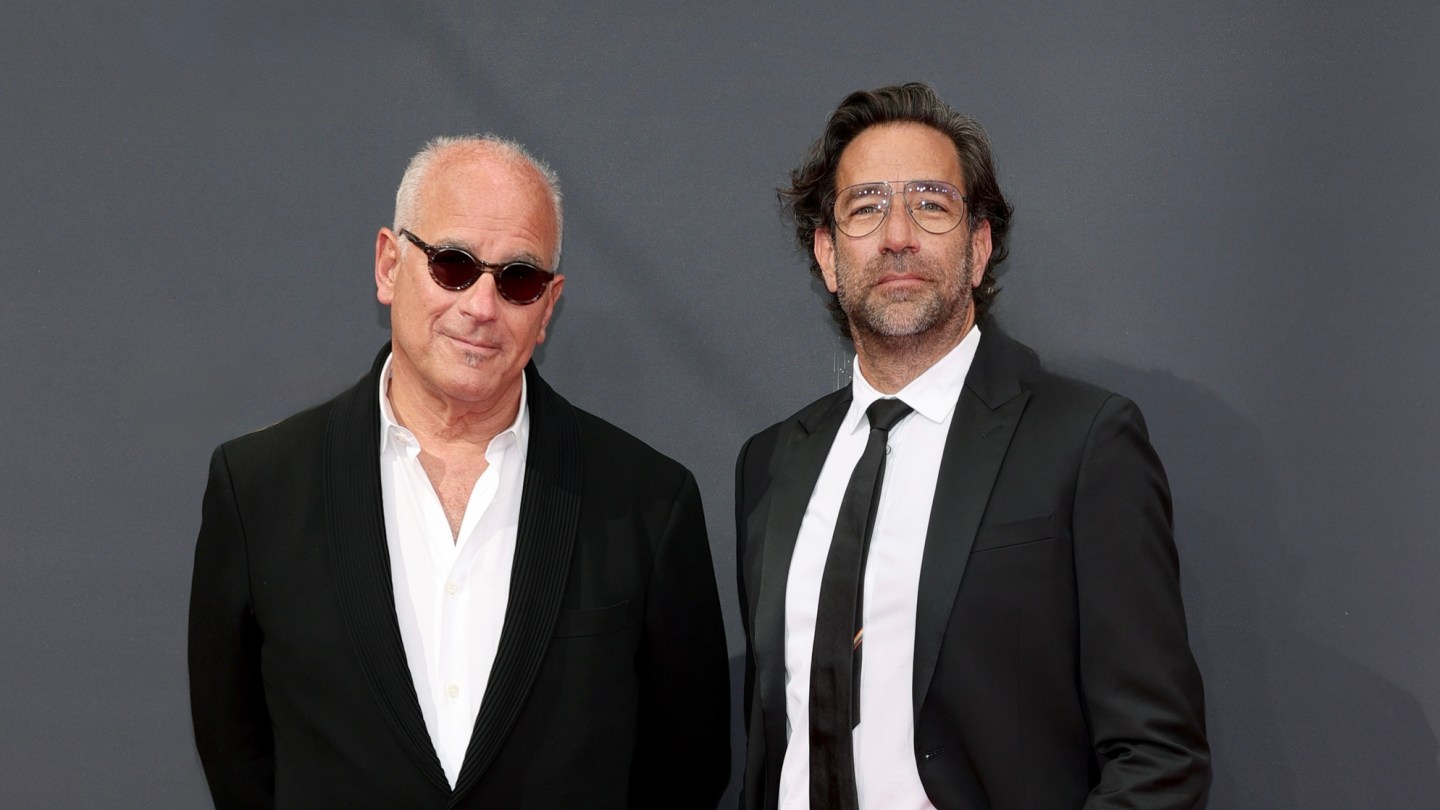
From Rent to Hamilton, RadicalMedia has a long history of bringing Broadway’s most famous stage hits to the big screen. Next up, the company is transporting New York’s Beacon Theatre to the Croisette, with Bono in tow.
Bono: Stories of Surrender, based on the U2 singer’s one-man show, Surrender: An Evening of Words, (itself inspired by his memoir Surrender: 40 Songs), is getting a special screening at this year’s Cannes Film Festival. The doc, which is set to hit Apple TV+ shortly after its festival debut, is directed by Andrew Dominik (Blonde) and sees Bono discuss his career, family and activism while also performing U2’s iconic songs.
“This is probably the most autobiographical film and it is very much faithful to Bono’s story,” says RadicalMedia founder and CEO Jon Kamen.
Outside of the theater, Radical’s nonfiction work largely revolves around music. The company has had a fruitful relationship with musician turned Oscar-winning documentarian Ahmir “Questlove” Thompson. After producing his feature debut, the Oscar-winning Summer of Soul, in 2021, the company went on to back Thompson-helmed docs about the music of Saturday Night Live and musician Sly Stone.
Ahead of touching down in France, Kamen and president of entertainment Dave Sirulnick talked to THR about the boom and bust of the nonfiction market, when they know a Broadway experience will translate to film and their collaboration with Bono.
Will this be your first time premiering a film on the Croisette?
JON KAMEN We had the pleasure of premiering The Fog of War 20 years ago at Cannes. That went on to win the Academy Award. It was pretty monumental to be in France just prior to the Iraq War. There’s a moment in that film in which [former Secretary of Defense Robert] McNamara says, “No sane country should invade another country without the consensus of its allies.” Everybody stood up applauding in the middle of the movie.
How did Bono: Stories of Surrender come about?
KAMEN Bono wrote a beautiful book and was touring what he called his one-man show, which was really a book tour. It was going to land in New York for a two-week limited engagement at the Beacon Theatre. The folks at Apple had reached out to us. They know we’ve made quite a few films based on theater performances, like Hamilton and [David Byrne’s] American Utopia. You have to realize, this was two years ago that we filmed. We had also just come off of Summer of Soul with Questlove. It seemed like a pretty logical choice for us to be the producers of [Stories of Surrender]. Bono had decided Andrew Dominik, somebody he also has known for a long time, would direct it. It was a bit of an arranged marriage, but a happy one.
What takes two years? Coming from a narrative film perspective, it would seem that this type of feature could be completed quickly.
KAMEN We study the material and work with a creative team, director and cinematographer, etc. We usually try to reimagine it as a cinematic interpretation of the original theatrical production. This requires multiple days of filming, but then very judicious decisions that need to be made in terms of editing it into a finished film. The post-production of this film was really what’s taken this much time. Andrew did an edit and we worked very closely with Bono, since it’s an autobiography. We worked closely with him to select stories from the book. This film is an hour-and-a-half film. If you listen to the audio tape of the book, it takes 18 hours.
How do you know when a stage show will translate well to being filmed?
KAMEN We’ve been asked to consider filming shows that we’ve recommended not to film because there’s sometimes no substitute for a live experience. There are certain shows that are staged to truly be enjoyed by a live audience and can’t necessarily be replicated as a filmed experience. We have developed an instinct for what we think works. I was just with Jeffrey Seller, the producer of not only Hamilton, but 20 years earlier, part of the incredibly successful team behind Rent. We filmed the final performances of Rent on Broadway. We were asked to film that for Sony Pictures, and when we did, it was new to the theater world. It was almost the first time that the theater world allowed for that many cameras and for a production of that nature to be made of a live performance. Before that, it was generally just an archive tape that was done by a theater.
DAVE SIRULNICK You might have seen the Broadway show and you might have had really great seats, but the interpretation that we do is its own entity. It’s its own piece of art. There’s the need for everyone involved — the creative team involved in the Broadway side — to want to do that. They have oftentimes taken months or years to very carefully craft the Broadway version and they’re successful. So, when we’re working with the producers, directors and talent behind the scenes and on the stage, everybody gets on that same page that we’re making something slightly different.
KAMEN It doesn’t cannibalize live performance. If anything, it enhances it.
SIRULNICK We’re able to get a lot more intimate with the performers than if you just had your cameras somewhere out in the house. When you’re sitting at the Beacon Theatre, we could be sitting next to each other and all be looking at something different at the same moment. When we’ve made a film, the decisions as to what we’re showing at any given moment are made for you. Is it a close-up at this moment? Is it a two-shot at this moment? Is it a wide shot? You’re taking a viewer deeper into the story.

‘Bono: Stories of Surrender’
Courtesy of Apple
You did Hamilton for Disney+, but Merrily We Roll Along will be released in theaters by Sony Pictures Classics. How do you decide where a finished film goes in terms of streaming or theatrical?
KAMEN Just yesterday, we were screening a film, a beautiful tribute concert to the late John Prine. We realized as we were sitting there that this film needs to be seen in a theater with other people. That wasn’t, quite honestly, our original plan. But as we sat there with John Prine’s wife, viewing the edit for the first time on a large screen, we were like, “This needs to be in theaters.” Interestingly, with the Bono project, there are two versions of the film. We were asked, at the very last minute just before filming, if we could explore the possibility of making this film for the device that hadn’t even been announced yet — the Vision Pro. It’s quite interesting to discuss theater versus streaming and then, all of a sudden, there’s this other option. It’s the first full-length feature film that Apple has been able to complete for the Vision Pro platform.
The market for documentaries has gone through a boom-and-bust cycle in the past couple of years. As people who have worked in the space for decades, what do you make of where demand is now?
KAMEN While it’s no question, it’s a challenging time for the industry; I guess that our reputation and track record has supported our ability to stay quite busy. We know there is a very big audience for nonfiction storytelling, even if it’s a shift from time to time. It’s unfortunate that the appreciation for documentary films is sometimes not given as much credence as it should, because in the height of — I’ll call it the golden age of streaming — people were watching with voracious appetites. It’s a little sad when you see the same story being told and retold and told again. We try to avoid that, and we are at least willing to work a little bit harder to pioneer new material and new territories that we think are critically important for a next generation to know and to memorialize.
#Stories #Surrender #Producers #Bono #Hamilton #Rent

